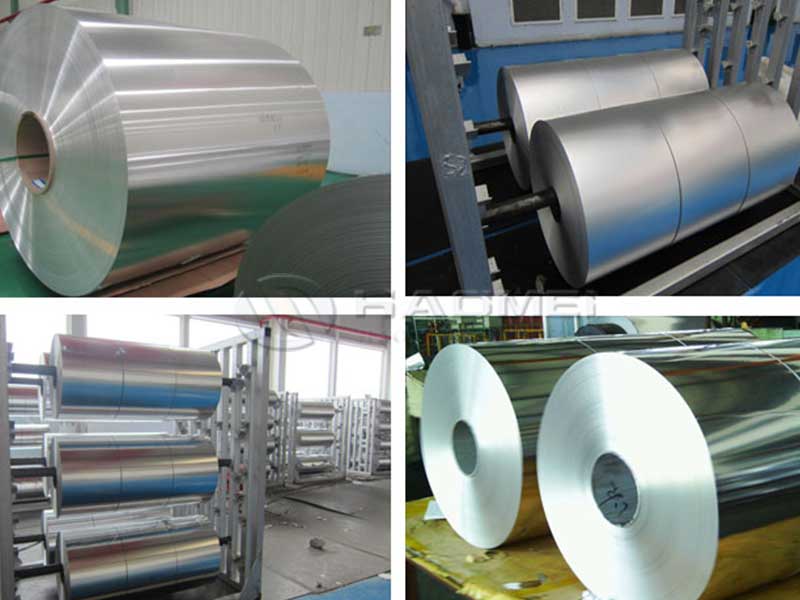Anodizing is an electrolytic process that produces a dense, chemically stable protective aluminum oxide film that is an integral part of the underlying aluminum---it cannot peel or flake off. Most films produced by anodizing are translucent and so show the silvery look of the aluminum but various colours are achievable by a varity of anodizing process variations. The main type of anodizing process used for general purpose is based on a sulphuric acid electrolyte, producing an ideal combination of decorative and protective properites. The sealing of the anodic film in boiling water after anodizing is an important part of the surface treatment.
Anodizing enhances the natural qualities of aluminum still further; it permits a strongly contemporary finish with incomparable corrosion and abrasion resistance.
The advantages of of Anodized aluminum circle
• Top-grade quality. Refined, luxurious and sparky surface
• Unique finish
• Low proportion, only 1/3 of stainless steel weight and easy for further fabrication
• Sapphire grade surface hardness for scratching resistance
• Environmental friendly material
• The oxidizing layer will not crach, peel off or flake
• Multiple colours can provide unlimited possibilities for device design
• Simplified flow, high yield productivity, cost saving
• High reflectance,improve the lamp light reflectivity
| Specification-Anodized aluminum circle for lampshade | ||||
| Alloy | Temper |
Thickness (mm) |
Diameter(mm) | Main Usage |
| 1050DC | O | 0.7-6.0 | 120-900 | cookware Lampshade |
| 3003DC | O | 1.0~8.0 | 120-900 | cookware Lampshade |
| 3003DC | H14-H22 | 1.0~8.0 | 120-900 | cookware Lampshade |
| 3004DC | O | 1.0~6.0 | 120-650 | Cookware Lampshade |
| 5052DC |
O H14-H22 |
1.0-3.0 | 135-900 |
Cookware Road sign |
| 8A06 | O | 1.0~8.0 | 120-650 | Cookware Lampshade |
| 8011 | O | 1.0-4.5 | <500 |
Cookware Rice cooker inner pot |







